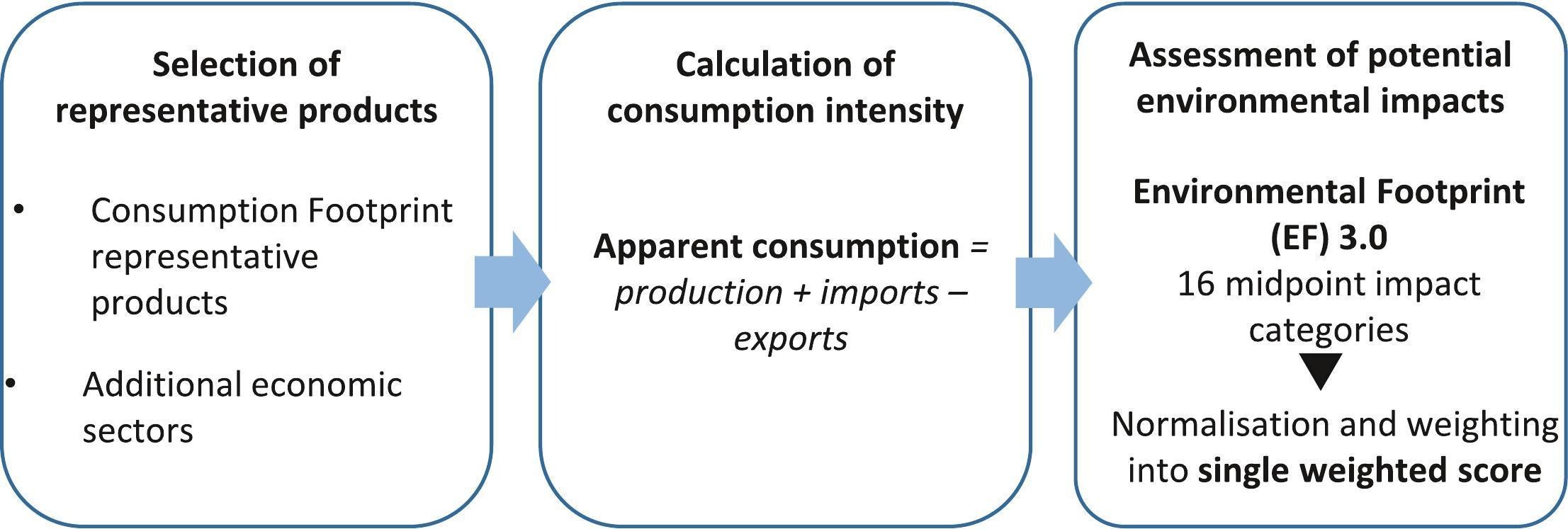Life Cycle Assessment (LCA) is a systematic method used to quantify and assess the environmental impacts associated with all the stages of a product’s life, from raw material extraction through manufacturing, distribution, usage, and disposal. This process-oriented method aims to identify and evaluate the environmental burdens associated with a product, process, or service. LCA addresses three main categories: Energy and raw materials usage, environmental releases such as emissions to air, water, and land, and the environmental impact of these energy uses and releases.
The connection between LCA and the Sustainable Development Goals (SDGs) established by the United Nations is profound. The SDGs serve as a blueprint to achieve a better and more sustainable future for all. They are designed to address global challenges, including poverty, inequality, climate change, environmental degradation, peace, and justice. LCA is a critical tool in achieving these goals. It provides a comprehensive understanding of the environmental aspects and potential impacts of a product or service, allowing us to optimize resources, reduce emissions, and minimize waste.
For example, SDG 12 aims to ensure sustainable consumption and production patterns. LCA can contribute significantly to this goal by providing insights into how resources are used throughout a product’s life cycle and identifying opportunities to reduce environmental impact. Similarly, SDG 13 focuses on climate action. By analyzing the greenhouse gas emissions associated with a product or service, an LCA can inform strategies to mitigate climate change. Furthermore, SDG 6 aims to ensure the availability and sustainable management of water. LCA is instrumental in achieving this goal by assessing the water footprint of goods and services, helping to identify opportunities for water use reduction.
In essence, Life Cycle Assessment plays a pivotal role in realizing the Sustainable Development Goals. It aids in quantifying environmental impacts, identifying hotspots for improvement, developing more sustainable alternatives, and monitoring progress towards sustainability. Consequently, LCA is a bridge that can lead us towards the realization of these global aspirations, enabling us to meet our needs without compromising the ability of future generations to meet theirs.
Substitution of beef with alternative proteins is one practical trend taken by industry and consumers to reduce the negative impact of convenience products on the environment. Numerous products based on plant, insect and fungi proteins compete to replace beef burgers in an environmentally friendly and healthy way. At the same time, there is a lack of studies which assess different options from environmental impact perspective but also with consideration of production scales, recipes, nutritional values, and sensory properties.
Producing food exerts pressures on the environment. Understanding the location and magnitude of food production is key to reducing the impacts of these pressures on nature and people. In this Perspective, Kuempel et al. outline an approach for integrating life cycle assessment and cumulative impact mapping data and methodologies to map the cumulative environmental pressure of food systems. The approach enables quantification of current and potential future environmental pressures, which are needed to reduce the net impact of feeding humanity.
To fight against the biodiversity loss and to take advantage of ecosystem services that nature can offer, urban planners integrate green spaces in urban projects. However to assess green spaces, attention is generally paid to local biodiversity (i.e. “in situ”)which concerns the plot on which buildings are constructed. The biodiversity impacted outside the construction site (i.e. “ex situ”)which concerns the extraction of materials, transportation and waste, is rarely associated to the project assessment.
Use phase fuel consumption is responsible for the majority of an automobile's life cycle energy consumption and greenhouse gas (GHG) emissions. Lightweighting is an important strategy to reduce use phase fuel consumption and potentially reduce vehicle life cycle impacts. A popular lightweighting technique is material substitution, in which conventional materials (e.g., iron, steel) are replaced with lighter ones (e.g., aluminum, magnesium). Material substitution, however, often results in higher material production impacts.

